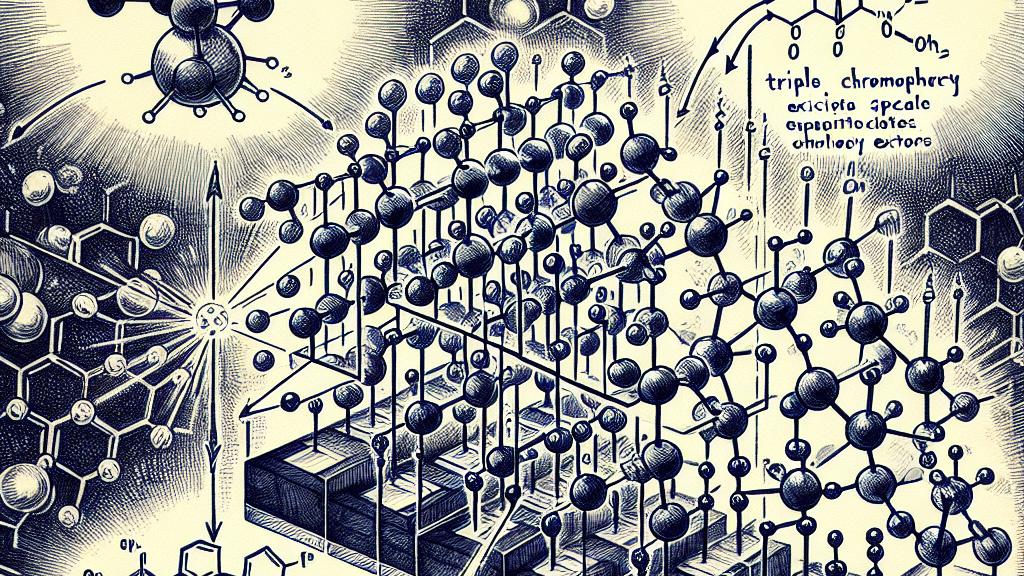Enhancing Singlet Fission with Chiral Molecular Self-Assemblies
Overview
- Chirality fundamentally enhances light absorption while amplifying singlet fission yields.
- Self-assembly methods lead to intricate molecular designs, crucial for achieving optimal energy performance.
- This groundbreaking research opens a plethora of opportunities for sustainable energy innovations.

Delving into Singlet Fission and the Importance of Chirality
In an inspiring study from Japan, researchers at Kyushu University have revealed a stunning advancement in the mechanism known as singlet fission (SF), a process essential for advancing solar energy technologies. Imagine, if you will, the potential of a single photon—one tiny particle of light—prompting the creation of not just one, but two excited states known as triplet excitons. This is where chirality enters the scene, introducing a fascinating twist: molecules that cannot be superimposed on their mirror images. By artfully arranging these chiral chromophores within molecular structures, the research team discovered a remarkable increase in singlet fission efficiency, illuminating a new path for organic photovoltaics that may redefine how we harness solar energy.
The Enigmatic Role of Self-Assembly in Molecular Architecture
Self-assembly represents an intricate and intelligent method of molecular organization, almost as if nature herself is guiding the process. The team adeptly formed self-assembled nanoparticles from tetracene dicarboxylic acid paired with various chiral amines. Astonishingly, they found that the choice of counterions was a game-changer, significantly affecting the alignment of these molecules and enhancing the crucial intermolecular coupling attributes that facilitate an efficient singlet fission process. For instance, these superior self-assembled nanoparticles demonstrated an astonishing triplet quantum yield of 133%, marking a significant leap compared to their achiral counterparts, which failed to achieve such results. This liberates a treasure trove of possibilities, extending beyond academic curiosity, and holds immense potential for practical applications in materials science.
Pioneering Future Solutions in Sustainable Energy
The ramifications of this pioneering research are nothing short of revolutionary. By offering a fresh blueprint for molecular design, particularly focusing on chirality and self-assembly, scientists are poised to lead the way in energy science and sustainable technologies. Imagine solar panels that not only capture sunlight with unparalleled effectiveness but also do so at a fraction of the cost, thanks to these innovative chiral structures. Furthermore, the possible applications reach far beyond solar energy, spanning photocatalysis and quantum materials sectors. As scientists delve deeper into these exciting possibilities, the discoveries made promise to deliver solutions that will significantly influence how we approach energy consumption and environmental sustainability. Truly, this research symbolizes a beacon of hope, guiding us toward a cleaner and greener future, powered by the marvels of science.

Loading...